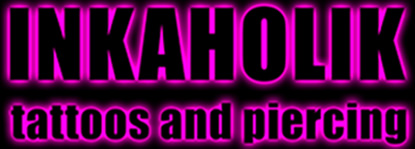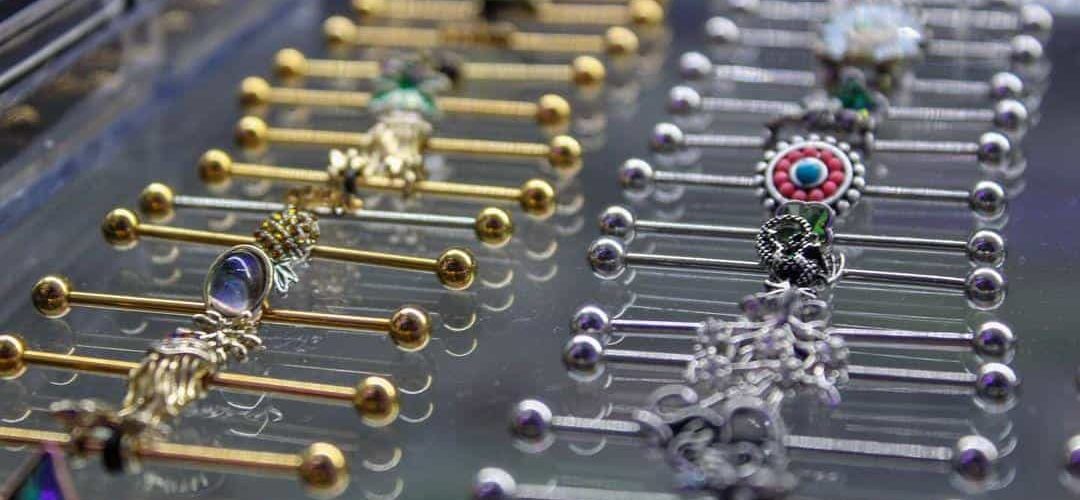Stepping into the world of body art can be an exhilarating ride, and pivotal to this journey is the decision to choose your first piece of piercing jewelry. Whether it’s a subtle nose stud you’re considering, or perhaps a bold belly ring, this initial choice can set the tone for your personal style statement. Fear not, future-piercing aficionados! This guide is here to empower you with top tips for making this first, all-important selection. Let’s dive into the exciting, diverse realm of piercing jewelry, demystifying it for beginners one sparkle at a time!
The Basics of Piercing Jewelry Materials
When it comes to piercing jewelry, it’s essential to remember that not all materials are created equal. Your choice of material can have a significant impact not just on the look, but also on the health of your piercing. Unlike fashion jewelry, piercing jewelry needs to be made from hypoallergenic materials to prevent any negative reactions or infections.
The most common materials used in piercing jewelry include surgical stainless steel, titanium, niobium, gold, and platinum. Each of these materials has its own set of pros and cons.
Surgical Stainless Steel is a popular choice for first-time piercings due to its affordability and durability. However, it is not completely free from nickel, which may cause an allergic reaction in some individuals.
Titanium and Niobium are both hypoallergenic metals that come in a variety of vibrant colors. They are lightweight, durable, and great for people with sensitive skin.
Gold is a classic choice that oozes elegance and luxury. However, it is crucial to ensure that your gold jewelry is at least 14k and free from nickel components.
Platinum is the pinnacle of piercing jewelry. It’s incredibly resistant to wear and tarnish, hypoallergenic, and boasts a lustrous sheen that’s hard to beat.
Remember, the first rule of thumb in choosing piercing jewelry is to prioritize your health over aesthetics. Always consult with a professional piercer to ensure you’re making the right choice for your body.
Understanding Jewelry Gauge and Size
Just as crucial as the material of your piercing jewelry is the gauge and size of the piece. The term “gauge” refers to the thickness of the jewelry, which can vary significantly depending on the type and location of the piercing. The lower the gauge number, the thicker the jewelry. For instance, a 12 gauge piece is thicker than a 16 gauge one.
The size of a piece of jewelry refers to its diameter (for rings) or length (for bars). This aspect is particularly important when considering the anatomy of the area to be pierced and the healing process. Jewelry that is too small might constrict a swelling piercing, while a piece that is too large might move around and irritate the piercing.
As a beginner, it’s essential to seek advice from a professional about the most suitable gauge and size for your first piercing jewelry. They will consider factors such as your anatomy, the type of piercing, and your personal comfort, ensuring a seamless piercing experience and a fuss-free healing process. Remember, everybody is unique, and what works for one individual may not be the best choice for another.
Styles and Designs: Finding Your Aesthetic
Just as the world of fashion is teeming with diverse styles and designs, so is the realm of piercing jewelry. Your choice of style is a personal reflection of your taste, personality, and the aesthetic you wish to portray. Here are some popular styles to consider:
Studs are a classic choice, perfect for those seeking a subtle, minimalist aesthetic. They consist of a decorative component on one end (often a gemstone or a metal ball), and a flat or rounded backing on the other. They are commonly used for earlobe, nostril, and lip piercings.
Hoops or Rings are circular pieces of jewelry that can be used for a variety of piercings. They come in different designs, from simple gold or silver loops to intricate beaded or charm-adorned hoops. They are perfect for adding a boho-chic vibe to your look.
Barbells are straight or curved bars with decorative ends and are often used for eyebrow, tongue, nipple, and navel piercings. They can range from simple and understated to visually striking, with ends that feature intricate designs or dazzling gemstones.
Dangle or Drop jewelry adds a flamboyant touch to your piercing. These pieces hang down from the piercing site and are often adorned with charms, chains, or gemstones. They are typically used for navel, ear, and eyebrow piercings.
Captive Bead Rings (CBRs) are circular pieces of jewelry with a single bead that’s held in place by the tension of the ring. They are versatile and can be used for a wide range of body piercings.
Plugs or Tunnels are used for stretched earlobe piercings (also known as gauges). They give a bold, alternative look and come in a variety of materials, including wood, glass, and metal.
As you venture into the world of piercing jewelry, remember to balance your personal style ambitions with considerations for your comfort and the health of your piercing. Your first piece of jewelry is just the beginning of your body art journey, and there will be plenty of opportunities to experiment with different styles and designs as your piercing heals and matures.
Post-Piercing Care and Jewelry Maintenance
Taking care of your piercing and your jewelry is paramount to prevent infection and ensure the longevity of your adornment. The first few weeks post-piercing are critical, and it’s advised to clean the area with a saline solution twice a day. Avoid fiddling with your piercing or changing the jewelry until it’s fully healed, as this can cause trauma and prolong the healing process.
Jewelry maintenance is equally important. Regular cleaning will keep your jewelry shining and free from build-up. The cleaning routine depends on the material of your jewelry. For instance, stainless steel, titanium, and niobium can be cleaned using warm water and mild soap, while gold requires a bit more care to maintain its luster – a professional jewelry cleaner is recommended.
Remember that each body is unique, and healing times vary. Always consult with a professional piercer who can guide you through the care and maintenance process based on your specific piercing and type of jewelry. And most importantly, listen to your body and give it time to heal. Patience is the key to a successful and healthy piercing experience.
Are You Ready to Embark on Your Piercing Journey?
Having digested all this essential knowledge about piercing jewelry, materials, gauges, styles, designs, and care, you might be wondering: “Where do I start?” For our readers in South Florida, we highly recommend visiting Inkaholik. With three convenient locations to better serve you, Inkaholik offers an exclusive inventory of body jewelry, catering to a broad range of styles and tastes. This isn’t just a place to buy your jewelry; at Inkaholik, you can also get your piercing done by skilled professionals who prioritize your health, comfort, and personal aesthetic.
Are you ready to embark on your piercing journey? Take that next step with confidence and excitement at Inkaholik – your destination for quality piercing jewelry and services.




